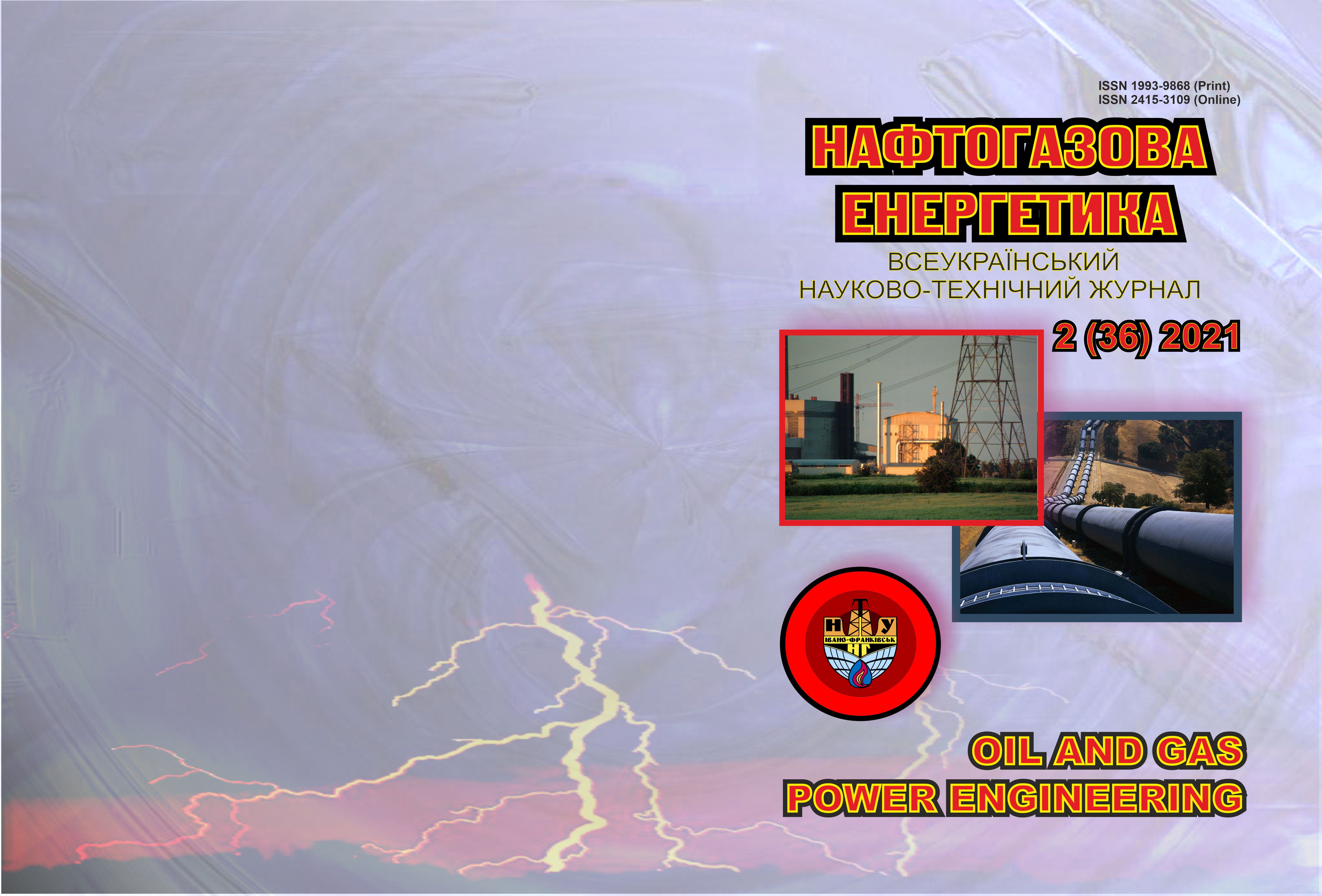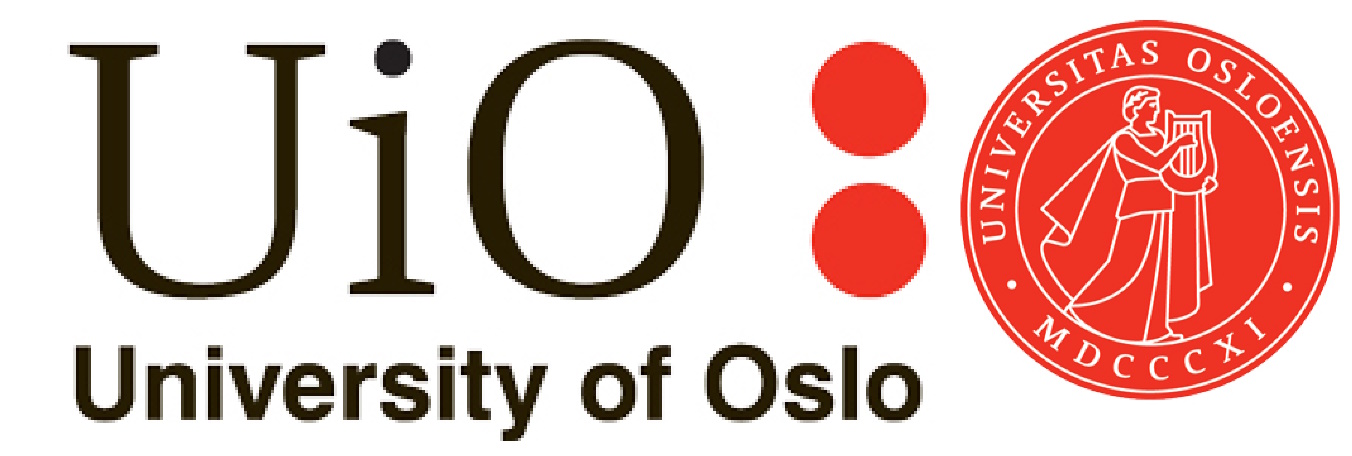The technology of cleaning tubing from hydrate-resin-paraffin deposits
DOI:
https://doi.org/10.31471/1993-9868-2021-2(36)-80-87Keywords:
mill, hydrate-paraffin deposits, corrosion, depressurization, tubing.Abstract
During the operation of oil and gas wells there is a constant decline in production. The reason may be various factors, such as the reduction of the internal space of the tubing due to the deposition of hydrate-paraffins, asphaltenes, resins and mineral salts. To prevent and clean these deposits, various control methods are used: the use of special coatings on the inner surface of the pipes, the introduction into the pumped stream of various chemical
reagents, sonication, magnetic treatment, mechanical methods, etc. However, some of them are considered inefficient, economically unprofitable or quickly fail.That is why an improved design of a device for cleaning the inner surface of tubings of oil and gas wells was proposed. The device refers to the equipment of the oil and gas industry, namely as a mechanism for restoring the internal space of well pumps. Calculations for the design of cleaning
devices for different diameters of tubing are given. Kinetic calculations of the movement of the cleaning mill in tubing pipes under the action of hydraulic forces were performed. Based on the obtained equations, in the process of design development, the dimensions and shapes of the working (main) and additional (reverse) cutters were calculated, the masses and strength characteristics of structural elements (pins, traverse, cable, bolted joints, etc.) were selected. Provided the necessary rigidity and reliability of the entire cleaning device. Thus, the proposed design developments in combination with the previously known will allow to obtain a new positive effect, which is to improve the quality of cleaning of tubing. Industrial tests of the developed design on objects showed significant advantages in comparison with domestic and foreign analogs.
Downloads
References
Tronov V.P. Mehanizm obrazovaniya smoloparafinovyih otlozheniy i borba s nimi. M.: Nedra, 1970. 220 p. [in Russian]
Babalyan G.A. Fiziko-himicheskie protsessyi v dobiche nefti. M.: Nedra, 1974. 200 p. [in Russian]
Koliosnik I.O., Lukashevich I.P., Susanina O.G. Issledovanie prilipaemosti parafinistyih otlozheniy k stalnoy povernosti. Transport i hranenie nefti i nefteproduktov i uglevodorodnogo syirya. 1972. No 5. [in Russian]
Kopei B.V. Kuzmin O.O., Kopei V.B. Mekhanichni metody zniattia vidkladen parafinu ta asfaltosmolystykh rechovyn z poverkhni sverdlovynnoho obladnannia. Naftohazova enerhetyka. 2008. № 3(8). P. 10-14. [in Ukrainian]
Kopei B.V., Kuzmin O.O., Onyshchuk S.Iu. Obladnannia dlia poperedzhennia vidkladen asfaltosmolystykh rechovyn, parafinu ta pisku: monohrafiia. Seriia «Naftohazove obladnannia», tom 3. Ivano-Frankivsk: IFNTUNH, 2014. 216 p. [in Ukrainian]
Mansoori G.A. Asphaltene, resin, and wax deposition from petroleum fluids. The Arabian Journal for Science and Engineering. 1996. Vol. 21, Number 48. P. 707-723.
Mazepa B.A. Zaschita neftepromyislovogo oborudovaniya ot parafinovyih otlozheniy. M.: Nedra, 1972. 117 p. [in Russian]
Malyshev A.G., Cheremisin N.A., Shevchenko G.V. Vyibor optimalnih sposobov borbyi s parafinogidratoobrazovaniem. Neftyanoe hozyaystvo. 1997. No 9. P. 62-69. [in Russian]
Maganov R., Vahitov G., Vafina N. Optimalnaya tehnologiya borbyi s gidratoparafinovyimi otlozheniyami. Neft Rossii. 2000. No 3. P. 96-99. [in Russian]
Sizaya V.V. Himicheskie metodyi borbyi s otlozheniyami parafina. M.: VNIIOENG, 1977. 41 p. [in Russian]
Obrazovanie osadkov sulfidov zheleza v skvazhinah i vliyanieih na otkazyi ETsN / V.A. Kotov, I.Sh. Garifulin, Sh.V. Tukaev i dr. Neftyanoe hozyaystvo. 2001. No 4. P. 58-60. [in Russian]
Prystrii dlia ochyshchennia nasosno-kompresornykh trub sverdlovyn naftonosnykh plastiv: pat. 143964 Ukraina : E21V37/00, B08B 09/02, E01B 26/00 / V.D. Makarenko No u 2020 00761; zaiavl. 10.02.2020 ; opubl. 25.08.2020, Biul. № 16. 4 P. [in Ukrainian]
Downloads
Published
How to Cite
Issue
Section
License
Copyright (c) 2021 Oil and Gas Power Engineering

This work is licensed under a Creative Commons Attribution-ShareAlike 4.0 International License.


.png)






1.png)









